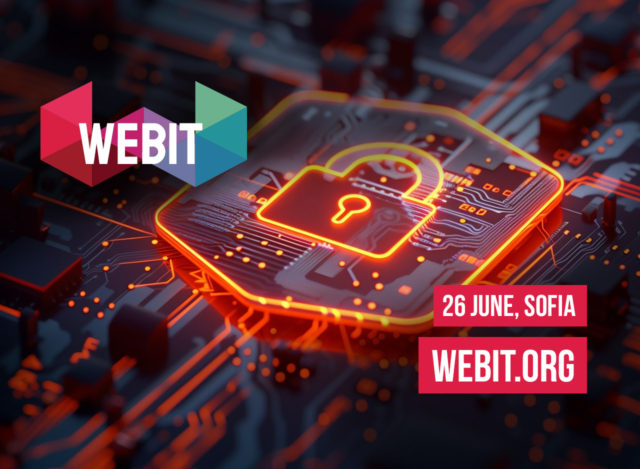In recent years, cybersecurity has undergone a revolutionary transformation, driven by two major forces – Artificial Intelligence (AI) and decentralized Web3 technologies. As threats grow increasingly complex, these innovations offer powerful new ways to protect data, systems, and users.
How AI Is Reshaping Cybersecurity
AI is no longer just an “assistant” – it has become an active player in the fight against cyber threats. Key trends include:
- Predictive Defense: AI models analyze massive amounts of data in real time, detecting anomalies and potential attacks before they even happen.
- Automated Incident Response: AI-powered systems can automatically trigger protective actions without waiting for human intervention.
- AI vs. AI Attacks: As malicious actors also deploy AI tools, cybersecurity systems are evolving to predict and block AI-driven attacks with their own machine learning defenses.
Evolving Threats Demand AI-Powered Defenses
Cyber threats today are not only growing in volume but also in sophistication. Traditional, rule-based security systems are often too slow or rigid to keep up. Modern attack vectors, such as:
- AI-generated phishing attacks,
- polymorphic malware that constantly changes its code,
- and coordinated botnet assaults enhanced by machine learning,
require equally advanced countermeasures.
AI-powered cybersecurity platforms can:
- Continuously learn from new threats in real time,
- Adapt defensive strategies automatically without manual updates,
- Identify subtle patterns that humans or legacy systems might overlook.
Without AI-driven defenses, organizations risk being perpetually one step behind attackers who are already weaponizing artificial intelligence.
Web3 and the New Security Paradigm
Web3 technologies are shifting the landscape from centralized models to decentralized ecosystems, directly impacting cybersecurity:
- Decentralized Identity (DID): Users can now control their digital identities without relying on central authorities, reducing the risk of data breaches.
- Secure Smart Contracts: Although smart contracts can be a new attack vector, properly designed and audited contracts offer automated, verifiable security for digital transactions.
- New Risks – New Solutions: The rise of DeFi, NFTs, and DAOs introduces new vulnerabilities, but also paves the way for innovative security mechanisms, such as decentralized threat intelligence networks.
Challenges and Opportunities
The convergence of AI and Web3 brings both unprecedented opportunities and serious challenges:
- How do we train AI models to avoid bias and resist manipulation?
- How can decentralized networks maintain security without compromising their principles of autonomy?
- How do we build user trust in a world without centralized certifying authorities?
Conclusion
AI and Web3 are reshaping cybersecurity, making it more dynamic, adaptive, and resilient. However, success in this new era will require a holistic approach, where innovation is balanced with strategic planning and ethical standards.
The future of cybersecurity is decentralized, intelligent, and increasingly personalized – and we are just getting started.
Join the discussion and learn from global leaders in the industry on the 26th of June in Sofia. Webit: Business, Technology and People in the era of AI and Web3 is an exciting opportunity for industry leaders and experts to come together to discuss the latest trends and developments in the field of Cybersecurity.
Check our ticket options here:
Business, Technology and People in the era of AI and Web3

